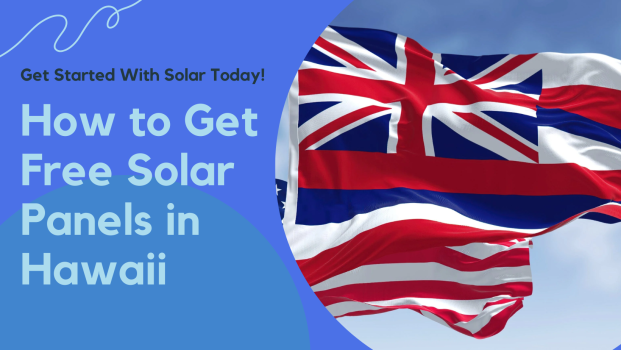Aloha from the sunny shores of Hawaii, a paradise where the sun’s abundant energy beckons for conversion into power for our homes and businesses. As you may have heard, the allure of ‘free’ solar panels is making waves across the islands, inviting homeowners to embrace renewable energy without an upfront cost. However, navigating the solar seas can be tricky, and understanding the true nature of these ‘free’ solar setups is essential. In reality, the concept of complimentary photovoltaic systems often ties back to financial agreements that may not be immediately evident.
It’s important for Hawaiians to peel back the layers of these enticing offers. Delving into the fine print and the long-term implications of solar power agreements can reveal the actual costs and benefits of installation. While there is no magic potion that makes the substantial investment for solar installation vanish, there are indeed innovative ways to make solar energy more accessible and affordable.
Engage with us as we explore the sunny and the shadowy sides of solar panel offerings. Uncover the truth behind the ‘free’ label and learn about the strategic ways to harness the economic and environmental savings of going solar in Hawaii. This is an empowering journey toward sustainable living, one that requires clarity and knowledge—both of which we’ll provide in the illuminating dialogue ahead. Welcome to the conversation; let’s shine a light on the reality of solar savings in Hawaii.
Are “Free Solar Panels” Really Free in Hawaii?
When you hear the term ‘free solar panels’, it might sound like an incredibly good deal. However, it’s crucial to understand what the phrase actually references in the solar industry. Typically, when a company offers ‘free solar panels,’ they’re not giving away the equipment. Instead, they’re proposing a solar lease or a Power Purchase Agreement (PPA).
With a solar lease, the solar company will install panels on your home at no upfront cost to you. But, there’s a catch: you’re required to pay a fixed monthly lease payment for the duration of the lease term, which typically lasts about 20 to 25 years. During this time, the solar company retains ownership of the panels, and you essentially rent the equipment to generate electricity for your home.
Similarly, a PPA entails that the solar company installs panels on your home without an initial expense to you. The difference with a PPA is that you agree to purchase the power generated by these panels at a set per-kilowatt-hour rate, which can be lower than the local utility’s rate. The solar company owns, operates, and maintains the solar panel system, and you benefit from the energy it produces—potentially lowering your overall electrici
In both cases, while there is no large upfront investment, you are entering into an agreement that has long-term financial implications. These arrangements can be attractive because they often include maintenance services, repairs, and system monitoring at no additional cost. However, because the solar company owns the panels, they also receive any available tax credits or incentives, not the homeowner.
In Hawaii, where sun exposure is abundant and electricity rates are among the highest in the nation, solar leases and PPAs can seem particularly enticing. But as a savvy consumer, you should weigh the pros and cons of these agreements. Fully grasp the terms, understand the payment schedule, and consider how long you plan to stay in your home as you may need to buy out the lease or PPA if you decide to sell your property.
Remember, ‘free solar panels’ doesn’t mean free energy. You’re paying for the power produced, either through lease payments or by purchasing the generated electricity through a PPA. It’s a different financial model from purchasing panels outright, where the larger upfront investment can lead to greater savings and financial incentives in the long run. Always approach these ‘free’ solar options with a clear understanding of your long-term energy goals and finances.
Solar Leases
Solar leases in Hawaii allow homeowners the opportunity to go solar without the upfront costs of purchasing a system outright. Here’s how they work: A third-party company—often a solar provider—installs panels on your home. You don’t own the equipment; instead, you pay a monthly fee to lease it.
The benefits of a solar lease for homeowners in Hawaii include:
- No or low upfront costs: This makes it easier for homeowners to start using solar power without a significant initial investment.
- Maintenance included: The leasing company typically takes care of maintenance and repairs, reducing the burden on the homeowner.
- Immediate savings: Since solar energy can be less expensive than buying power from the grid, you might see lower electricity bills from the start—particularly important in Hawaii where energy costs are high.
- Increased home value: Homes with solar installations can be more attractive to buyers if the lease is appealing and transferable.
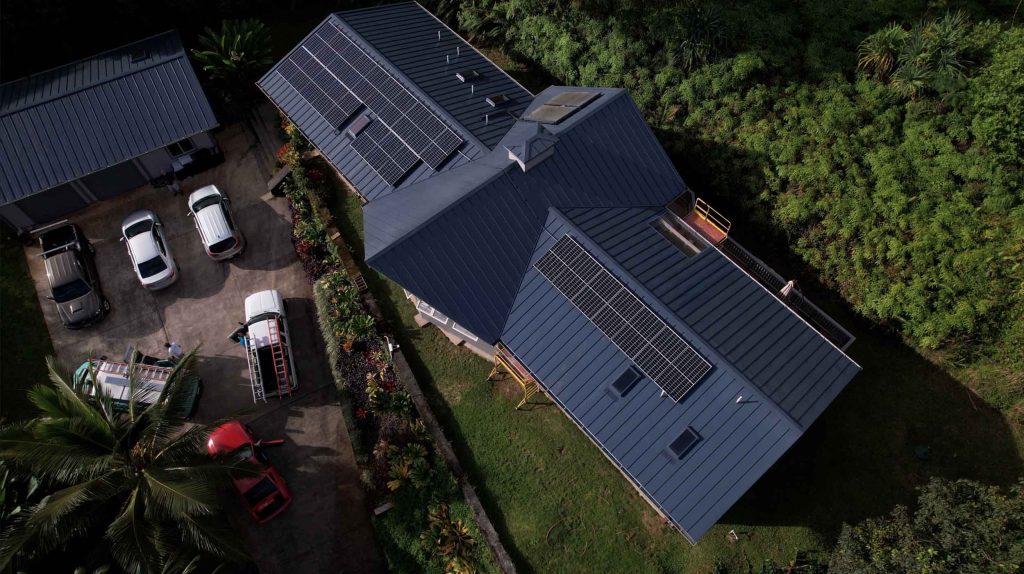
However, there are also some drawbacks:
- Less savings over time: While monthly lease payments can be lower than electric bills, leasing typically saves less money over the long term compared to owning a system.
- Contract complexities: Leases come with long-term agreements that can be complex and may include escalator clauses that increase payments over time.
- Transferring the lease: If you sell your home, the buyer must qualify for and agree to take over the lease, which can complicate the sale process.
- No tax incentives: You are not eligible for federal and state solar incentives, rebates, or tax credits since you don’t own the system.
As for long-term costs and savings
The lease is generally structured so that your monthly payment is lower than your typical electricity bill, which leads to immediate savings. Over the span of a 20 to 25-year lease, the cost of leasing can exceed what you might have paid with a purchased system, primarily because you forfeit incentives and pay for the leasing company’s services and profit. However, the lack of maintenance costs and the predictability of fixed payments are considered benefits that may mitigate these extra costs.
While solar leases in Hawaii can offer a no-hassle transition to solar power with immediate savings, they generally don’t deliver as much financial benefit in the long run as owning a system. Before entering into a lease, it’s crucial to weigh the long-term cost implications against the immediate benefits, and consider your ownership plans for your home, as well as your desire to capitalize on potential solar tax credits and incentives.
PPA Agreements
Power Purchase Agreements (PPAs) in the context of solar energy are financial arrangements that enable homeowners to install solar panels on their properties without the high upfront costs of purchasing the system outright. With a PPA, a solar developer installs the solar system on your home and retains ownership of it. You agree to purchase the power generated by the system at a set price per kilowatt-hour (kWh), which is often lower than the local utility’s electricity rate.
Pros of PPAs for homeowners in Hawaii
- No or low upfront costs: Homeowners can often get solar energy with little to no initial investment, making it financially accessible.
- Fixed energy costs: With a PPA, homeowners can lock in a lower electricity rate, providing protection against rising utility prices.
- No maintenance worries: Because the solar provider owns the system, they are responsible for maintenance and repairs.
- Potential increase in home value: Homes with solar panels can be more attractive to potential buyers if the PPA is favorable.
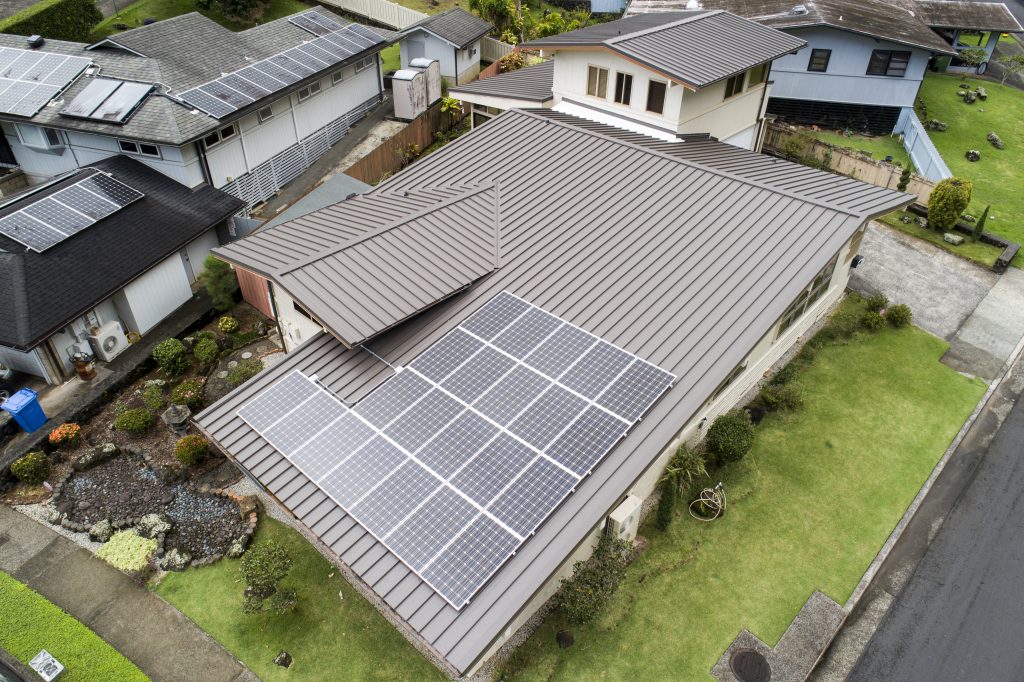
Cons of PPAs
- Less financial benefit: Since you don’t own the system, you miss out on certain tax credits and incentives available to purchasers.
- Long-term commitment: PPAs typically last 15-25 years, which could complicate selling your home if the next owner doesn’t want to take over the agreement.
- Variable savings: While you’re likely to save on your electric bill, the amount will vary with your energy usage and the terms of the PPA.
- Possible escalation clause: Some PPAs include a price escalator, meaning the cost per kWh might increase over time.
When comparing PPAs to buying or leasing solar systems, consider the following differences
- Ownership: Buying means you own the system and can claim all the associated benefits and incentives. Leasing is similar to a PPA, but typically you pay a fixed monthly lease payment regardless of how much energy is produced.
- Costs and Savings: Buying has the highest upfront costs but potentially the greatest long-term savings. Leasing has lower upfront costs than buying, but higher than a PPA, with moderate savings. PPAs usually offer the lowest upfront costs and savings that depend on the energy produced and the agreed-upon rate.
- Maintenance: With a PPA or lease, the provider handles maintenance. When you buy, maintenance is your responsibility.
- Flexibility: A purchased system is yours to do with as you wish, whereas a PPA or leased system may come with restrictions or additional terms.
When choosing between a PPA, lease, or purchase, consider your long-term financial goals, your desire for energy independence, and your willingness to take on the responsibilities of ownership. Each option offers a different blend of costs, savings potential, and flexibility. For most homeowners in Hawaii, where electricity rates are high and sunshine is abundant, investing in solar, whether through a PPA, lease, or purchase, can be a wise economic decision.
Zero-down Solar Loans
Zero-down solar loans are an attractive financing option for homeowners in Hawaii who are looking to switch to solar power without paying the upfront costs typically associated with the purchase and installation of solar panels. In traditional solar panel purchasing, you’d have to pay a significant amount of money upfront or through a payment plan. However, with a zero-down solar loan, you can get started with no initial payment, instead paying off the cost of your solar panel system over time through monthly installments.
Here are some of the benefits you can expect:
- Immediate Savings: With no down payment, you start saving on your electricity bills from day one without initial financial strain.
- Ownership: Unlike some solar lease options, you will own your solar system, potentially increasing the value of your home.
- Fixed Payments: Solar loans often have fixed payments, which provides predictability and protection from rising energy costs.
- Financial Incentives: As the owner of the solar system, you’re eligible for state and federal tax credits and rebates, which can significantly reduce the overall cost.
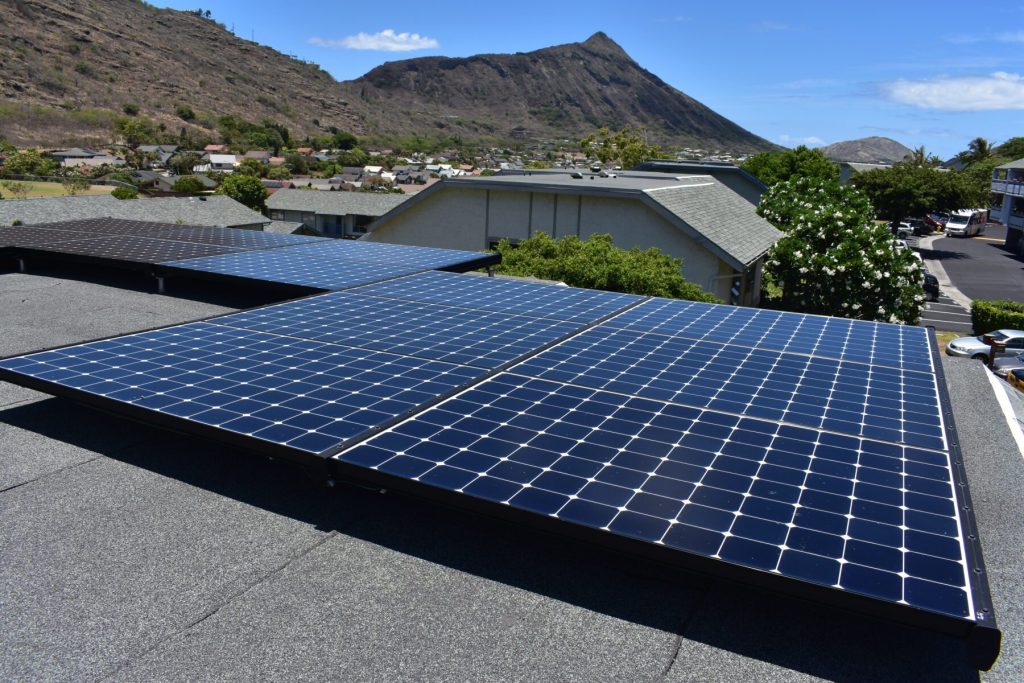
However, it’s crucial to consider the potential risks associated with zero-down solar loans:
- Long-Term Commitment: You are agreeing to a long-term financial obligation that typically lasts for 10 to 20 years.
- Credit Impact: As with any loan, failure to make timely payments can negatively affect your credit score.
- Potential for Higher Costs: Over the lifetime of the loan, you might end up paying more for your system due to interest than if you had purchased it outright.
- Moving Complications: If you sell your home, you’ll need to pay off the loan in full or transfer the loan to the new homeowner, which may not always be straightforward.
When considering a zero-down solar loan in Hawaii, it’s important to know that the solar investment landscape can be dynamic, with changing incentives and evolving technology. I’d advise consulting with a financial expert and a solar energy provider to get tailored advice that considers your personal financial situation and energy needs. A zero-down solar loan can be a smart move, but it’s critical to understand the terms of your loan, how they fit with your financial goals, and any potential risks involved.
Can You Get Free Solar Panels From the Government?
The U.S. government does not directly offer free solar panels to individuals, including residents of Hawaii. However, there are several government initiatives and incentive programs that effectively reduce the cost of solar panel installation, making it more affordable for homeowners and businesses to transition to solar energy.
Here are some of the key programs and incentives available in Hawaii:
Federal Solar Investment Tax Credit (ITC)
This is a federal tax credit that allows you to deduct a certain percentage of the cost of installing solar panels from your federal taxes. The ITC is currently a 26% credit for solar systems on residential and commercial properties, but it is set to decrease to 22% in 2023 and is scheduled to expire for residential installations in 2024 unless renewed by Congress.
Hawaii State Energy Tax Credits
Hawaii offers additional state tax credits for solar energy systems. Residents can claim a credit of 35% of the cost of equipment and installation, up to a maximum of $5,000 per system for residential properties.
Net Energy Metering (NEM)
While not a subsidy, this program allows solar energy system owners to receive credits on their utility bills for the excess energy they produce and feed back into the grid.
Eligibility for these programs generally requires that you are a homeowner or business owner in Hawaii, the solar system is new and is your primary energy source for the property. The solar panel system must also meet specific technical standards and be installed by a qualified contractor.
The application processes for these incentives typically involve:
- Selecting a reputable solar contractor to install your system.
- Completing any necessary paperwork provided by the contractor or the incentive program itself.
- Applying for the Federal ITC when filing your annual federal tax return.
- Filing the appropriate forms with your state tax return to claim the Hawaii State Energy Tax Credits.
To ensure that you get the maximum benefits available, it’s advisable to consult with a tax professional or a solar energy consultant. These experts can walk you through the details of the incentives and help optimize your investment in solar energy.
Remember, while there may not be free solar panels available, these subsidies considerably lower the barriers to adopting solar energy, making it a much more viable and attractive option for many.
Will “Free” Solar Panels Save You Money?
When you’re living in Hawaii, the allure of solar energy is particularly strong due to the state’s high electricity rates and abundant sunshine. The promise of ‘free’ solar panels might seem too good to turn down. However, it’s crucial to dissect what ‘free’ truly means and how it stacks up against the cost of traditional electricity.
Firstly, let’s talk about those ‘free’ solar panels. Often, this refers to a power purchase agreement (PPA) or a solar lease. Companies that offer these deals will install the solar panels on your home at no upfront cost. Instead, you agree to purchase the power generated by these panels at a set rate, which is generally lower than the utility rate, or lease the system for a fixed monthly payment.
Here’s how this can lead to savings:
- Lower electricity rates: With a PPA, you’ll typically pay a lower rate for solar-generated electricity compared to the standard utility rate in Hawaii. This can reflect noticeably in your monthly bills.
- Lock-in rates: Solar agreements often have fixed rates for electricity or fixed lease payments, shielding you from the volatility of future utility price increases.
- Incentives: While you may not own the system, you can still benefit from any state-specific incentives offered to the solar provider.
Now, let’s compare this with traditional electricity costs. Hawaii has some of the highest electricity prices in the nation, often three times the national average. By going solar, even with a PPA or lease, homeowners can offset the steep rates typically charged by utilities.
- Hawaii average electricity retail price (as of my knowledge cutoff in early 2023): Around 30 to 35 cents per kilowatt-hour (kWh)
- Estimated PPA or solar lease rate: Anywhere from 15 to 25 cents per kWh
While the arrangement can indeed lead to immediate savings, there are important considerations to keep in mind:
- You won’t be eligible for federal or state tax credits as the system is not owned by you.
- The long-term financial benefits may not be as significant as owning a system outright.
- Contracts can be lengthy and may complicate the process if you decide to sell your home.
‘Free’ solar panels can offer significant savings for homeowners in Hawaii in comparison to traditional electricity costs, but it’s not without its concessions. Be sure to weigh the immediate savings against the long-term financial implications to see what’s right for you. As always, when it comes to making such a significant decision for your home and wallet, it pays to read the fine print and possibly consult with a financial advisor.
Hawaii Solar Incentives, Tax Credits, and Rebates to Reduce the Upfront Cost
Solar incentives and rebates are financial benefits offered to homeowners who choose to install solar energy systems. In Hawaii, these incentives can dramatically reduce the upfront cost of solar panel installation, making renewable energy more affordable and attractive for residents. Homeowners can benefit from federal tax credits, local rebates, and state programs designed to encourage the adoption of solar power. These incentives not only decrease installation costs but can also result in savings on energy bills over time through mechanisms like net metering. Rewarding investment in solar energy, these programs make clean energy more accessible while supporting environmental sustainability goals.
Below is a table outlining key solar incentives available in Hawaii:
| Incentive | Savings | Explanation | Type | Occurrence |
|---|---|---|---|---|
| Federal Solar Investment Tax Credit (ITC) | 26% of system costs | A tax credit that can be claimed on federal income taxes for a percentage of the cost of a solar photovoltaic (PV) system. | Tax Credit | One-time (with carryover) |
| Hawaii State Tax Credit | 35% of system costs up to $5,000 | Hawaii offers a state tax credit for a portion of the solar system costs, capped at a certain amount. | Tax Credit | One-time (with carryover) |
| Property Tax Exemption | Varies by county | Some Hawaiian counties offer property tax exemptions for the added home value due to solar system installations. | Exemption | Ongoing |
| Local Utility Rebate Programs | Varies | Local utilities may offer rebates for solar installations or certain energy-efficiency measures. | Rebate | Varies |
| Net Metering | Varies based on energy production and usage | Customers are credited on their utility bill for excess power generated and sent back to the grid. | Billing Mechanism | Ongoing |
| Solar Renewable Energy Certificates (SRECs) | Varies | Though not available directly in Hawaii, some markets allow for the selling of SRECs generated by solar energy systems. | Certificate | Ongoing |
Note: The specifics of these programs, particularly the local utility rebates and net metering policies, can vary. It’s important for residents to check with their local utility providers and stay updated with the current policies and incentives. The Federal Solar Investment Tax Credit is subject to change based on federal energy policies.
The Hidden Costs of “Free” Solar Panels
When considering a ‘free’ solar panel offer in Hawaii, it’s crucial to approach such proposals with a discerning eye, as they often come with hidden or unexpected costs that aren’t immediately apparent. Let’s uncover some of these potential expenses.
Firstly, the term ‘free’ is typically associated with a solar lease or power purchase agreement (PPA), where the solar company installs panels on your property at no upfront cost. However, you are not the owner of the system. Instead, you agree to purchase the power it generates, often at a lower rate than the utility company but at a fixed escalation rate over time.
- Maintenance Fees: While initial installation might be free, there might be maintenance or repair costs not covered by the lease or PPA agreement.
- System Performance: If the system doesn’t perform as expected, your anticipated savings could be lower than projected.
- Insurance: Homeowners’ insurance premiums might increase to cover the solar panel system.
- Removal or Relocation Costs: If you decide to move or remove the solar panels before the end of the lease or PPA term, steep fees can be involved.
- Roof Concerns: Repairs or replacements to your roof with the panels installed may be more complicated and costly.
Regarding long-term financial implications, these agreements often have a term of 20 to 25 years, so it’s important that homeowners fully understand the contract they are entering. Additionally, while solar leases and PPAs can offer savings on electricity, they might also limit the financial benefits of owning a system, such as tax credits and increased home value.
While ‘free’ solar panel offers may seem enticing initially, it is vital to thoroughly evaluate the agreement and be aware of potential additional costs. Be sure to read the fine print and perhaps consult with a solar energy expert or financial advisor to ensure that the deal aligns with your long-term financial goals.
How to Choose The Best Solar Company in Hawaii
Choosing the right solar installer in Hawaii can be crucial for your transition to sustainable energy. With abundant sunshine, the islands offer great potential for solar power, but the decision shouldn’t be made lightly. Here are some important considerations when selecting a solar installation company:
- Installer Experience and Certifications: Look for companies with significant experience in Hawaii’s solar industry and necessary certifications like the North American Board of Certified Energy Practitioners (NABCEP). Experienced installers are familiar with local climate conditions and any site-specific challenges, ensuring a more reliable installation.
- Customer Reviews and Reputation: Research customer feedback on platforms like the Better Business Bureau, Yelp, or Google Reviews. Positive testimonials and a solid reputation in the community can signal dependable service and customer satisfaction.
- Warranty Offerings: A robust warranty provides peace of mind. Ensure the company offers comprehensive warranties that cover the photovoltaic (PV) panels, inverters, and workmanship, with clear terms on coverage duration and what’s included.
- Local Regulatory Knowledge: Familiarity with Hawaii’s specific solar regulations, incentives, and permitting process is a must. Installers should be well-versed in dealing with local utilities and the Hawaiian Electric Company (HECO) interconnection requirements.
- Climate Considerations: Hawaii’s coastal environment can be corrosive, and tropical storms are not uncommon. Installers should provide solutions that withstand local weather conditions, using materials and installation methods appropriate for a tropical climate.
- Post-Installation Support: Ensure the company offers clear communication channels and support after the installation. Post-installation services such as system monitoring, maintenance, and repair services will contribute to the longevity and efficiency of your system.
- Cost Transparency: The installer should provide a detailed and transparent cost estimate with no hidden fees. Understanding the breakdown of equipment costs, labor, permits, and any potential incentives will help you gauge the overall value offered.
By carefully considering these factors, you’ll be better equipped to select a solar installer that can meet your energy needs, adhere to Hawaii’s unique requirements, and provide you with a system that will serve you effectively for years to come.
Important Solar Installation Factors to Consider in Hawaii
When you’re looking to harness the sun’s power in Hawaii, there are several critical factors to take into account:
First, let’s talk about the climate conditions. Hawaii’s tropical climate offers abundant sunlight year-round, making it an excellent location for solar energy production. However, you should consider the specific microclimates of your area since some places may receive more rainfall or have shading from mountains, affecting solar panel efficiency.
- Sun Exposure: You’ll want to ensure your property gets plenty of sunlight, free from obstructions like trees or tall buildings. The orientation and tilt of your panels are also crucial for optimal performance.
- Weather Patterns: While generally sunny, certain areas may experience more harsh weather, including high winds and salt mist, which can impact the type of solar panel system you should install.
State regulations in Hawaii can influence both the cost and the feasibility of solar panel installation:
- Building Permits: You’ll need the proper permits before you start installation, as with any construction project. Hawaii’s permit requirements can vary by county, so check your local guidelines.
- Solar Incentives: Hawaii offers various tax incentives and rebate programs to encourage solar energy use. Look into these as they can significantly offset the initial investment.
- Interconnection Rules: Understanding the process and requirements for connecting your solar panels to the grid is important, especially since Hawaii has specific regulations to manage its electrical infrastructure.
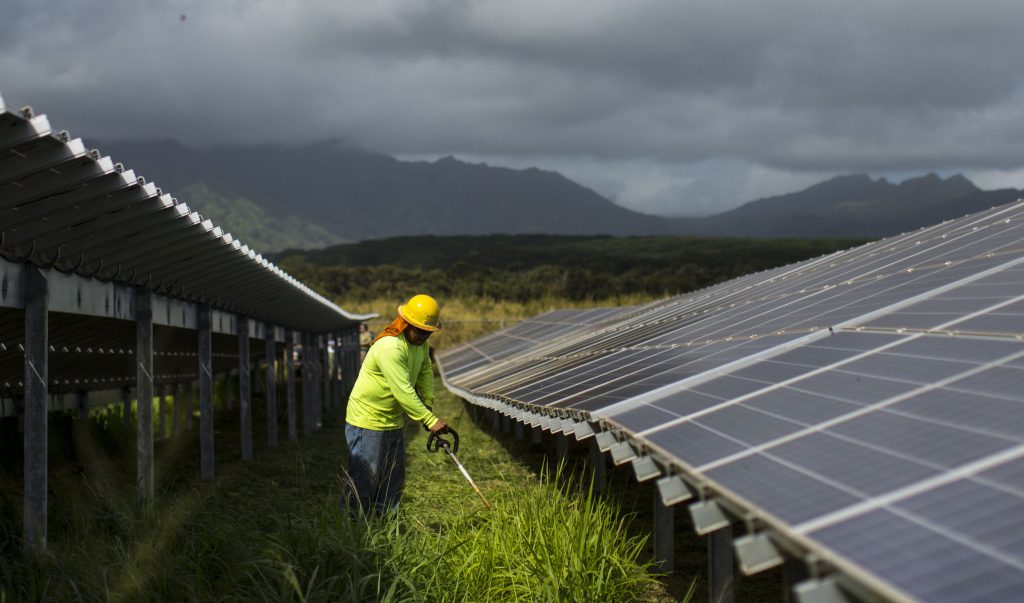
Performing a property assessment will help determine the best installation plan for your home:
- Roof Condition and Material: Your roof should be in good condition and made of material conducive to solar panel mounting. Some materials may require special mounting systems.
- Energy Needs: Evaluating your current energy consumption helps in designing a system that meets your needs without over-investing.
- Property Value: Adding solar panels typically increases your property value. Still, it’s wise to consider the long-term investment and the potential impact on your home’s marketability.
As you consider these factors, I recommend consulting with a local solar energy provider who understands Hawaii’s unique environment and regulations. They can give you a tailored assessment and help navigate the process to ensure your solar installation is a success.
The Final Take: Understanding “Free” Solar Panels
Certainly, exploring the concept of ‘free’ solar panels in Hawaii involves understanding various programs, incentives, and their realistic implications. Such offers may seem too good to be true, but they are based on certain financial arrangements designed to reduce initial costs for homeowners.
One of the main programs promoting ‘free’ solar panels is the Power Purchase Agreement (PPA). With a PPA, a solar company installs panels on your home at no upfront cost, and you purchase the generated electricity at a reduced rate. While you don’t own the panels, you benefit from lower electricity bills.
Benefits of opting for solar panel programs in Hawaii include:
- Immediate savings on electricity bills due to Hawaii’s high energy cost.
- Contribution to a greener environment by using renewable energy.
- Potential increase in property value with solar energy systems.
But there are important considerations as well:
- ‘Free’ solar panels are not truly free; costs are recouped over time through electricity payments.
- Long-term agreements for PPAs can complicate selling your home.
- You may not be eligible for solar incentives like the Federal Solar Tax Credit, which goes to the system owner (the solar company in the case of a PPA).
When contemplating ‘free’ solar panels, weigh the long-term financial impact, engage with reputable solar companies, and consider consulting a financial advisor to make well-informed decisions that align with your goals and circumstances. Remember, these arrangements can be advantageous, but understanding the details is crucial to determining if they are right for you.

